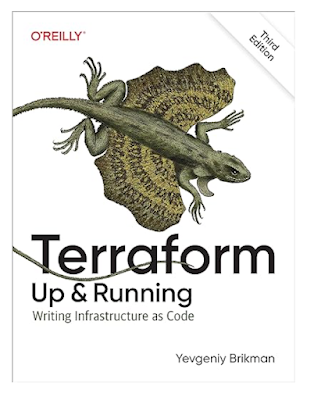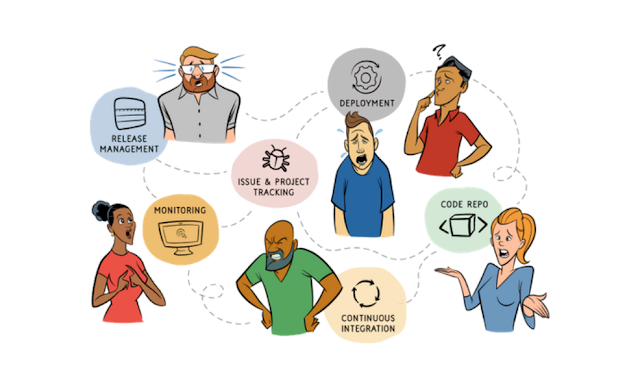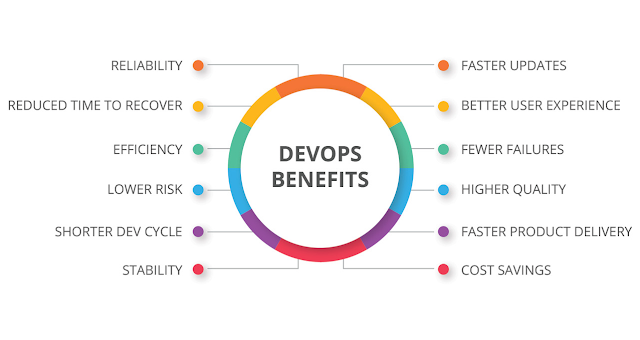In the rapidly evolving landscape of software development, the term "DevOps" has gained significant prominence.
DevOps, short for combination of work and efforts from Development teams and Operations teams, represents a collaborative and holistic approach to software development and deployment...
It aims to break down traditional silos between development and IT operations teams, fostering a culture of seamless communication, continuous integration, and rapid delivery. This article provides an introduction to the concept of DevOps, its principles, benefits, and its role in modern software development.
**Understanding DevOps:**
DevOps is a methodology that emphasises the collaboration and cooperation of software development (Dev) and IT operations (Ops) teams throughout the entire software development lifecycle.
Traditionally, these two functions worked in isolation, leading to communication gaps, slower release cycles, and a lack of accountability in case of issues. DevOps seeks to bridge this gap by promoting shared responsibilities and a more streamlined approach.
**Key Principles of DevOps:**
1. **Collaboration:**DevOps encourages open communication and cooperation between developers, testers, and operations teams. This helps in identifying and addressing potential problems early in the development process.
2. **Automation:** Automation is a core principle of DevOps. By automating tasks like testing, deployment, and infrastructure provisioning, teams can reduce human errors, improve efficiency, and ensure consistent processes.
e.g. Example of DevOps LifeCycle - planning your platform and mapping out what you need to accomplish at each step
3. **Continuous Integration (CI):**CI involves integrating code changes from multiple developers into a shared repository several times a day. This ensures that new code is regularly tested and merged, reducing integration issues and improving software quality.
4. **Continuous Delivery (CD):** CD builds upon CI by automating the deployment process. It allows for the rapid and reliable release of software updates to production environments, minimising manual interventions and reducing deployment risks.
5. **Monitoring and Feedback:**DevOps emphasises real-time monitoring of applications and infrastructure. This helps teams identify performance bottlenecks, security vulnerabilities, and other issues, enabling quick remediation.
e.g - Of DevOps Lifecycle
[ “ While Talking to customers, we found that while automating the continuous delivery pipeline was important, the missing part was enabling the feedback loop,” Monitoring and logging software packages are rapidly converging on the notion of becoming “DevOps hubs” ]
**Benefits of DevOps:**
1. **Faster Time to Market:** DevOps practices enable quicker development cycles and faster release of features or updates, allowing businesses to respond to market demands more effectively.
2. **Improved Collaboration:** DevOps breaks down barriers between teams, fostering better understanding and cooperation, which ultimately leads to improved software quality.
3. **Enhanced Reliability:** Automation and continuous testing ensure that changes are thoroughly tested and consistently deployed, reducing the likelihood of failures in production environments.
4. **Scalability:** DevOps practices, combined with cloud technologies, allow applications to scale seamlessly according to demand.
5. **Higher Quality Software:**Continuous testing and feedback loops lead to higher software quality, as issues are identified and addressed early in the development process.
**Conclusion:**
DevOps represents a paradigm shift in software development, moving away from traditional, siloed approaches towards a collaborative, automated, and customer-focused methodology. By promoting a culture of collaboration, automation, and continuous improvement.
DevOps has become an essential framework for organisations looking to accelerate their software development lifecycle, enhance software quality, and meet the ever-changing demands of the modern market. Embracing
DevOps principles can lead to more efficient, reliable, and successful software development projects.












